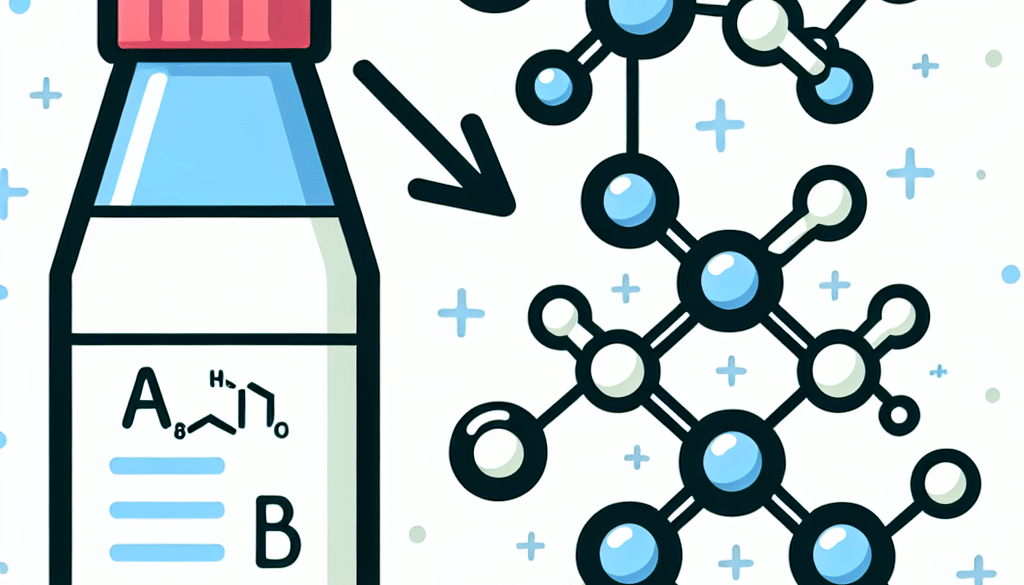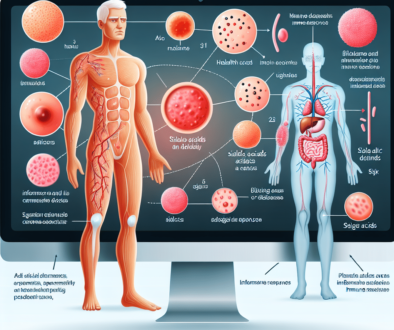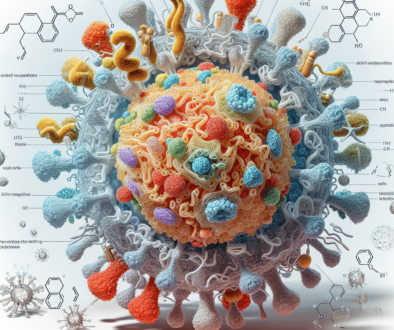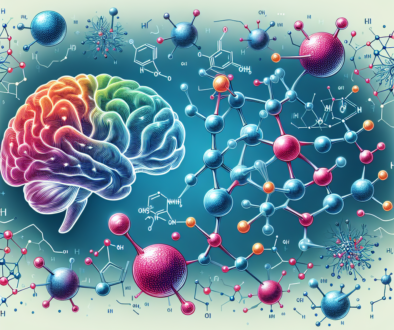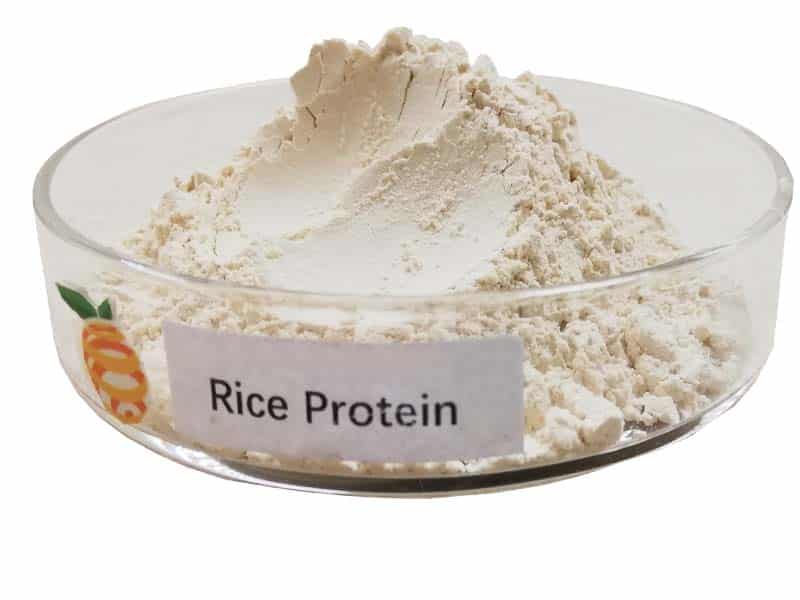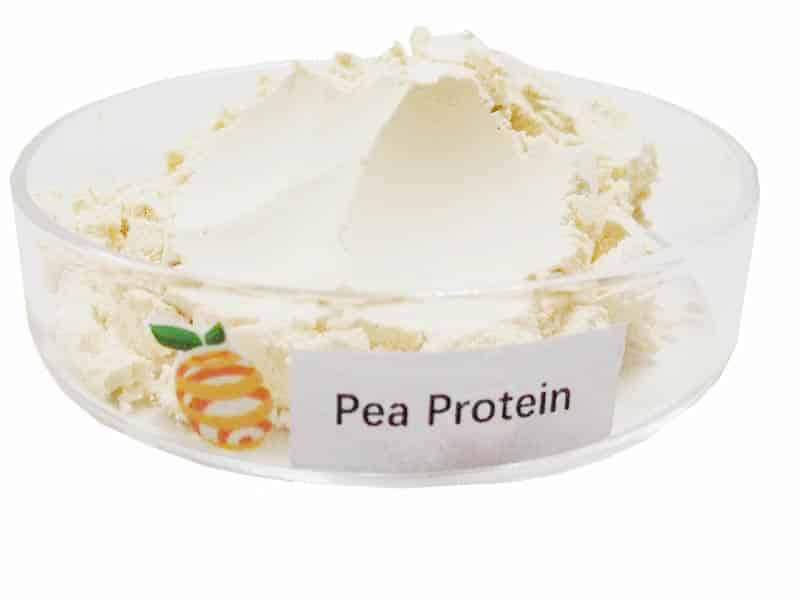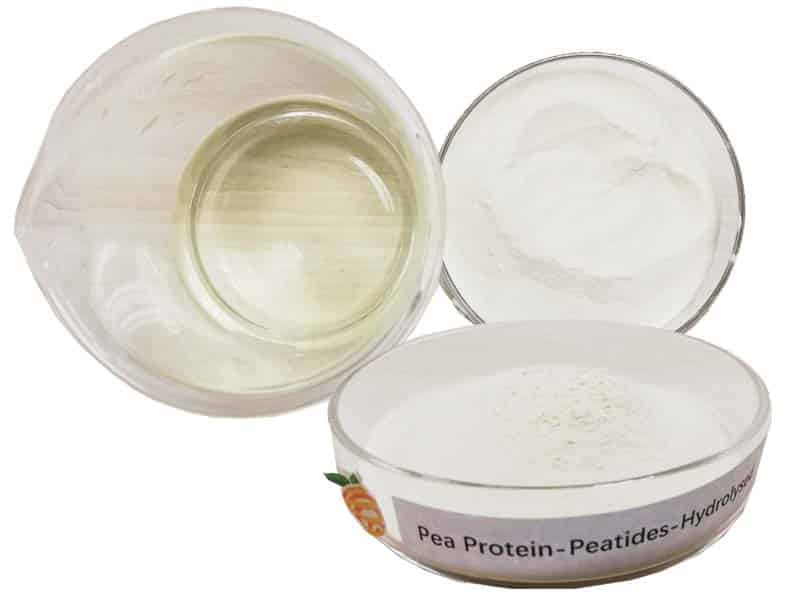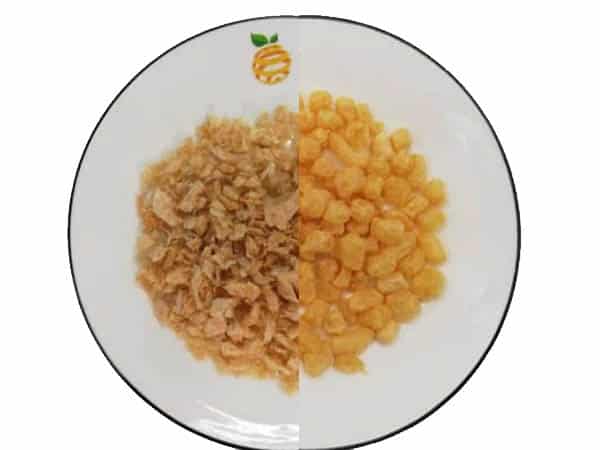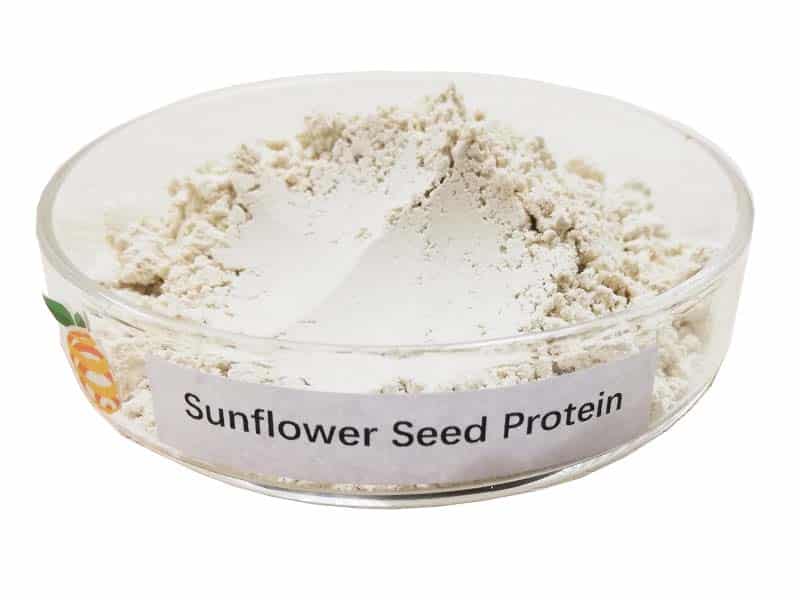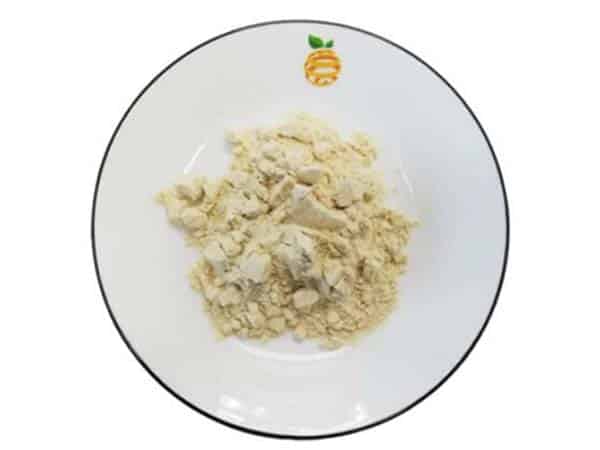Is there sialic acid in human milk?
-
Table of Contents
- Sialic Acid in Human Milk: Unveiling Its Presence and Benefits
- Understanding Sialic Acid
- The Presence of Sialic Acid in Human Milk
- Functions of Sialic Acid in Infant Development
- Comparative Analysis: Human Milk vs. Infant Formula
- Case Studies and Research Findings
- Conclusion: The Significance of Sialic Acid in Human Milk
- Discover ETprotein’s High-Quality Protein Products
Sialic Acid in Human Milk: Unveiling Its Presence and Benefits
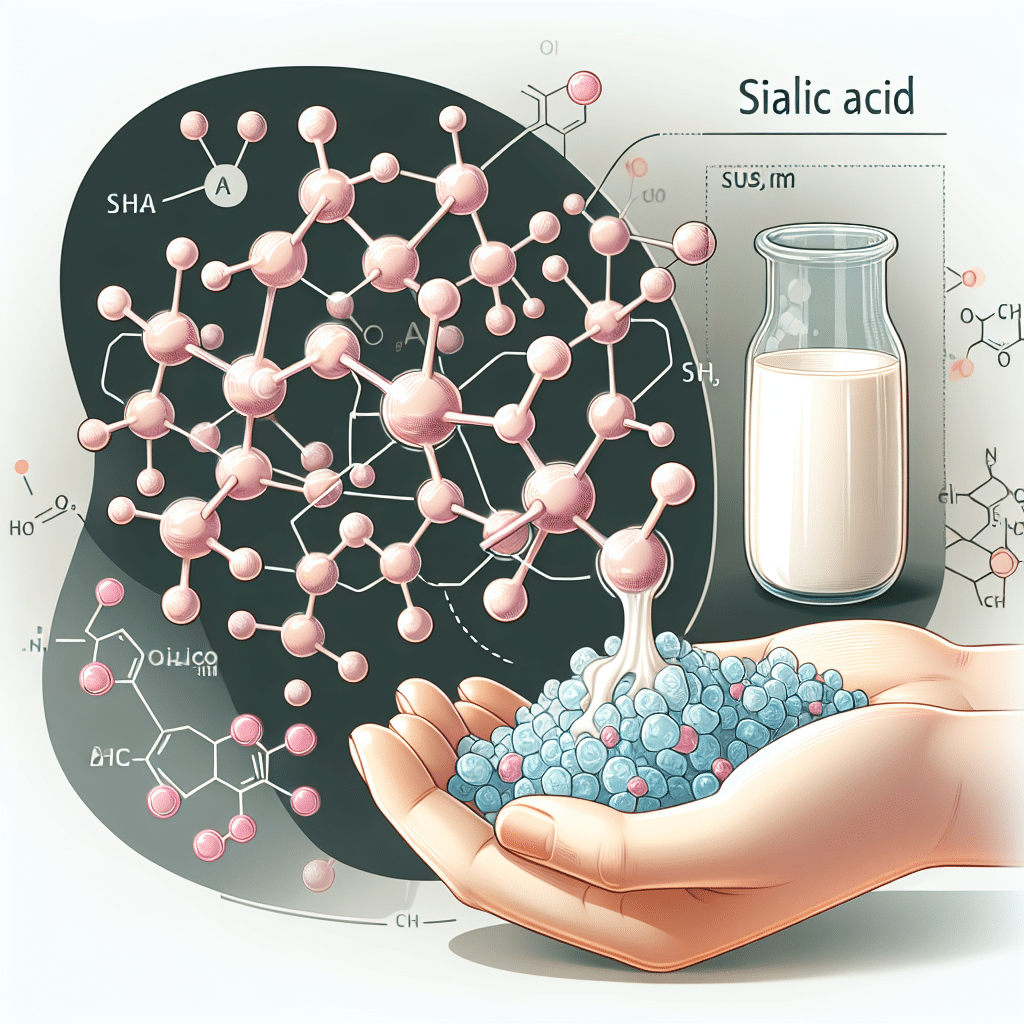
Human milk is a complex and dynamic biofluid that is tailored to meet the nutritional needs of infants. It contains a wide array of nutrients, bioactive compounds, and immunological factors that contribute to the health and development of newborns. One of the lesser-known but highly significant components of human milk is sialic acid. This article delves into the presence of sialic acid in human milk, its functions, and the implications for infant health.
Understanding Sialic Acid
Sialic acid is a family of nine-carbon sugar acids that are found on the outermost position of glycan chains on the surfaces of cells and soluble proteins. It plays a crucial role in various biological processes, including cell-cell interaction, immune response, and the development of the nervous system.
The Presence of Sialic Acid in Human Milk
Human milk is not just a source of nutrition; it is also rich in bioactive components that play a vital role in the development of the infant’s immune system and brain. Sialic acid is one of these components, and it is present in human milk in significant quantities.
- Oligosaccharides: The most abundant source of sialic acid in human milk is its oligosaccharides, particularly the sialylated human milk oligosaccharides (HMOs). These complex carbohydrates are unique to human milk and are not found in such diversity and quantity in the milk of other species.
- Glycoproteins: Sialic acid is also found in the glycoproteins of human milk. These proteins have one or more oligosaccharide chains covalently attached, which include sialic acid residues.
- Glycolipids: Human milk also contains glycolipids, which are lipids with a carbohydrate attached. The carbohydrate portion can include sialic acid.
Research has shown that the concentration of sialic acid in human milk varies throughout lactation. Colostrum, the first form of milk produced immediately following delivery, has the highest concentration. The levels decrease as lactation progresses, but sialic acid remains a significant component throughout the breastfeeding period.
Functions of Sialic Acid in Infant Development
Sialic acid in human milk is not just a structural component; it has several important functions that contribute to the healthy development of infants:
- Brain Development: Sialic acid is a critical component of brain gangliosides and glycoproteins, which are essential for brain development and cognitive function.
- Immune Function: Sialylated oligosaccharides in human milk can act as decoy receptors for pathogens, preventing them from attaching to the infant’s gut cells and causing infections.
- Intestinal Health: Sialic acid contributes to the development of a healthy gut by promoting the growth of beneficial bacteria and providing a protective mucosal layer.
These functions underscore the importance of sialic acid in human milk and its contribution to the overall well-being of infants.
Comparative Analysis: Human Milk vs. Infant Formula
One of the significant differences between human milk and infant formula is the presence and complexity of sialic acid-containing compounds. While infant formulas have improved over the years to better mimic human milk, they still lack the diversity and quantity of sialylated compounds found in natural breast milk. This difference may have implications for the development of infants, particularly in areas such as cognitive development and immune function.
Case Studies and Research Findings
Several studies have highlighted the importance of sialic acid in human milk. For instance, research has shown that breastfed infants have higher levels of sialic acid in their cerebral cortex compared to formula-fed infants, which may be linked to better cognitive outcomes. Additionally, epidemiological studies suggest that breastfeeding is associated with a lower incidence of gastrointestinal infections, which may be partly due to the protective effects of sialylated HMOs.
Conclusion: The Significance of Sialic Acid in Human Milk
In conclusion, sialic acid is a vital component of human milk that plays a significant role in the development and health of infants. Its presence in human milk oligosaccharides, glycoproteins, and glycolipids contributes to brain development, immune function, and intestinal health. The unique composition of human milk, including its rich content of sialic acid, cannot be fully replicated by infant formulas. This underscores the importance of breastfeeding and the need for continued research into the benefits of human milk components.
Discover ETprotein’s High-Quality Protein Products
If you’re interested in enhancing your nutrition with high-quality protein products, consider exploring ETprotein’s offerings. Their range of organic bulk vegan proteins and L-(+)-Ergothioneine (EGT) is designed to cater to various industries, including nutraceuticals, pharmaceuticals, and food and beverage. With a commitment to non-GMO, allergen-free products with high purity levels, ETprotein is a trusted supplier for your protein needs.
About ETprotein:
ETprotein, a reputable protein and L-(+)-Ergothioneine (EGT) Chinese factory manufacturer and supplier, is renowned for producing, stocking, exporting, and delivering the highest quality organic bulk vegan proteins and L-(+)-Ergothioneine. They include Organic rice protein, clear rice protein, pea protein, clear pea protein, watermelon seed protein, pumpkin seed protein, sunflower seed protein, mung bean protein, peanut protein, and L-(+)-Ergothioneine EGT Pharmaceutical grade, L-(+)-Ergothioneine EGT food grade, L-(+)-Ergothioneine EGT cosmetic grade, L-(+)-Ergothioneine EGT reference grade and L-(+)-Ergothioneine EGT standard. Their offerings, characterized by a neutral taste, non-GMO, allergen-free attributes, with L-(+)-Ergothioneine purity over 98%, 99%, cater to a diverse range of industries. They serve nutraceutical, pharmaceutical, cosmeceutical, veterinary, as well as food and beverage finished product distributors, traders, and manufacturers across Europe, USA, Canada, Australia, Thailand, Japan, Korea, Brazil, and Chile, among others.
ETprotein specialization includes exporting and delivering tailor-made protein powder and finished nutritional supplements. Their extensive product range covers sectors like Food and Beverage, Sports Nutrition, Weight Management, Dietary Supplements, Health and Wellness Products, and Infant Formula, ensuring comprehensive solutions to meet all your protein needs.
As a trusted company by leading global food and beverage brands and Fortune 500 companies, ETprotein reinforces China’s reputation in the global arena. For more information or to sample their products, please contact them and email sales(at)ETprotein.com today.

